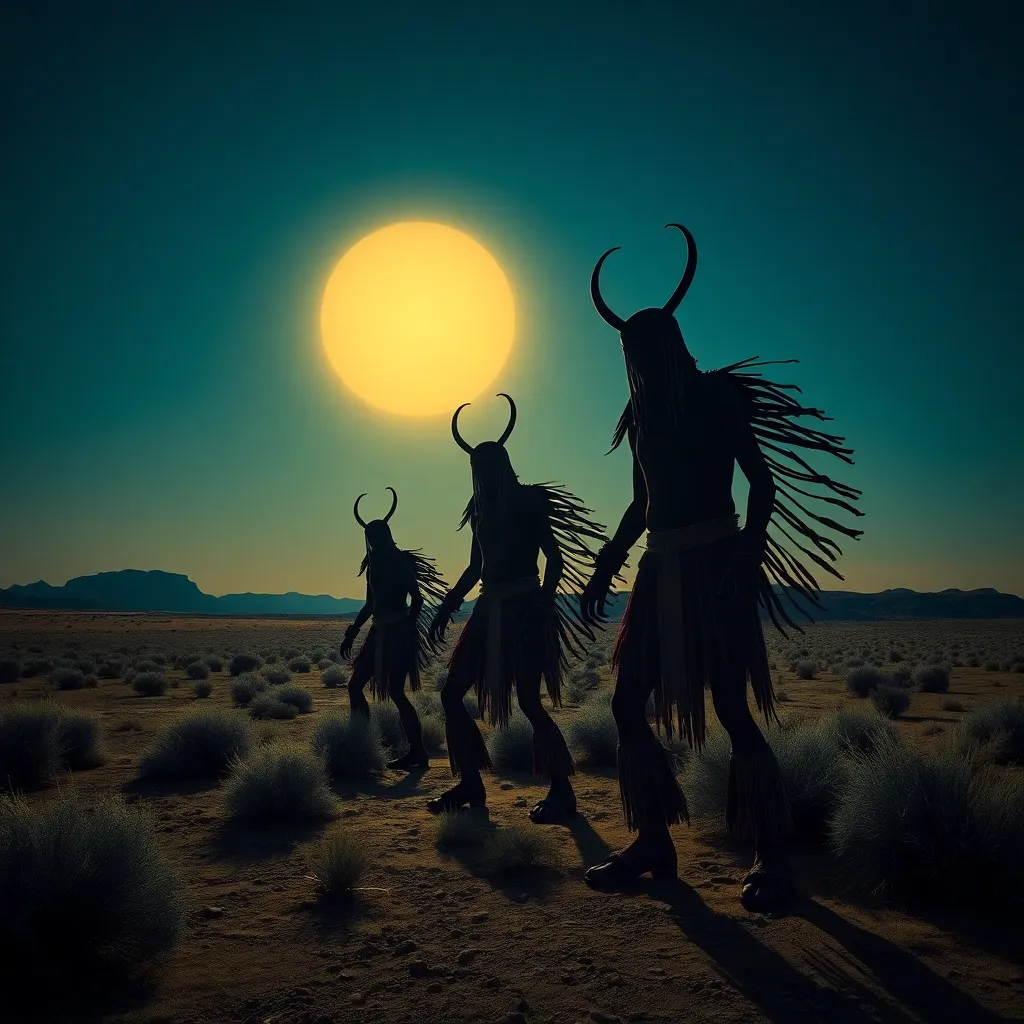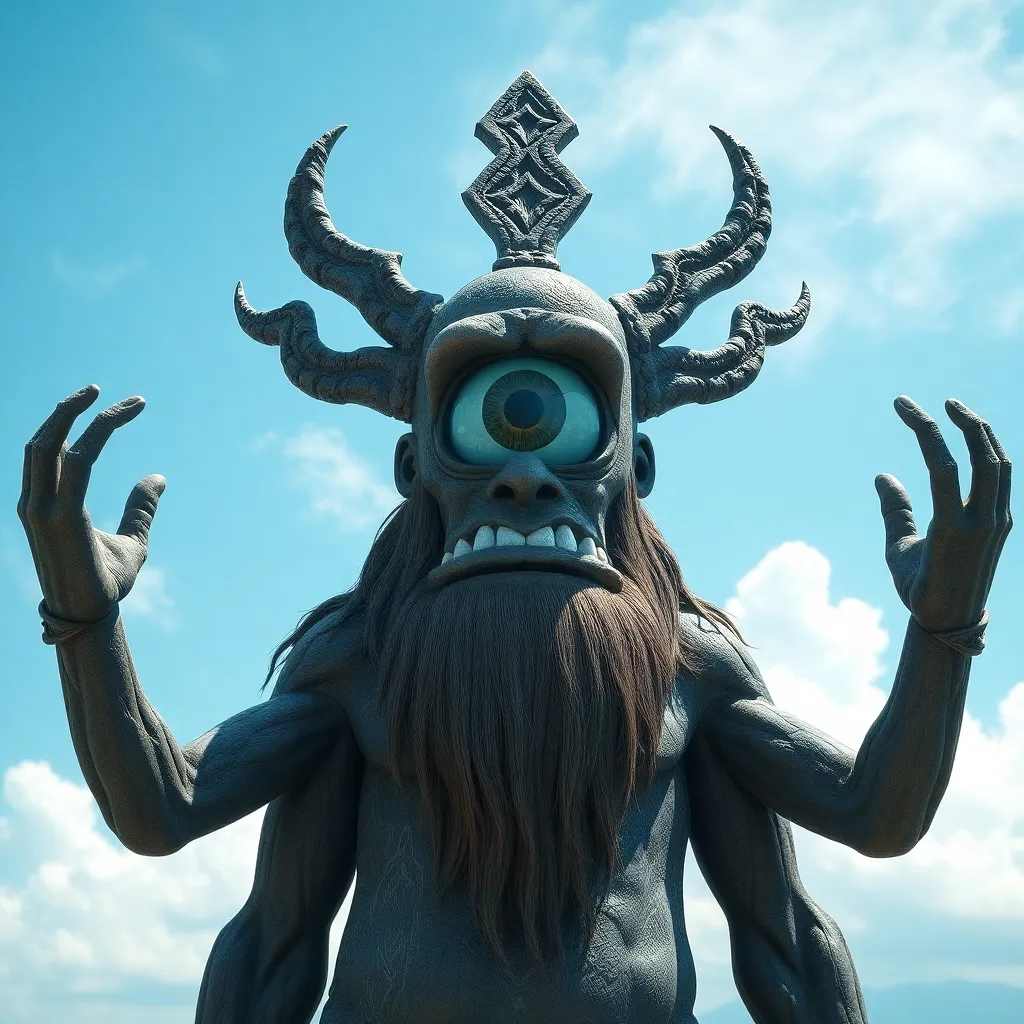The Skinwalkers of the Southwest: Unveiling the Navajo Myth
I. Introduction
Skinwalkers, known as “Yee Naaldlooshii” in the Navajo language, are a significant and intriguing aspect of Navajo mythology. These shape-shifting beings are often depicted as malevolent witches capable of transforming into various animals or mimicking their forms. The myth of skinwalkers holds profound significance within Navajo culture, serving as a cautionary tale that embodies the complexities of good and evil, healing and harm. This article aims to explore the historical roots, characteristics, personal accounts, and modern interpretations of the skinwalker legend, shedding light on its enduring importance in Navajo society.
II. Historical Background of the Navajo People
The Navajo people, or Diné, possess a rich history that dates back centuries. Their culture is deeply intertwined with the land and its natural elements, which play a crucial role in their spiritual beliefs and practices. The Navajo Nation, located in the Southwestern United States, is known for its remarkable resilience, having navigated challenges such as colonization, forced relocation, and cultural assimilation.
Traditional beliefs among the Navajo encompass a holistic view of the world, where balance and harmony are paramount. Rituals and ceremonies are integral to their spiritual life, fostering a connection with the earth, ancestors, and the cosmos. Storytelling is a vital aspect of Navajo culture, serving as a means of preserving history, imparting wisdom, and transmitting myths from one generation to the next. This oral tradition is where the legend of the skinwalker finds its roots.
III. The Origins of the Skinwalker Legend
The term “Yee Naaldlooshii” translates to “by means of it, it goes on all fours.” This etymology reflects the skinwalker’s ability to transform into animals, often associated with predatory or scavenging traits. Historical accounts of skinwalkers can be traced back to pre-colonial times, where they were often described as malevolent figures wielding dark magic.
Throughout Navajo history, the skinwalker legend has evolved, reflecting the societal fears and moral dilemmas of the community. Skinwalkers are often seen as individuals who have abused their powers or violated cultural norms, symbolizing the consequences of straying from traditional values. This cultural significance underscores the societal implications of the skinwalker myth, revealing deeper fears surrounding power, corruption, and the unknown.
IV. Characteristics of Skinwalkers
Skinwalkers are characterized by their remarkable ability to transform into various animal forms. This shape-shifting ability is often associated with specific animals, including:
- Wolves
- Coyotes
- Owls
- Foxes
- Ravens
The duality of the skinwalker is a prominent theme in the myth. On one hand, they are seen as healers with the power to cure ailments; on the other, they are malevolent beings that can inflict harm. This duality mirrors the complexities of human nature, illustrating how individuals can embody both light and darkness.
V. Skinwalker Stories and Personal Accounts
Anecdotes about skinwalkers are prevalent among the Navajo community, often shared during gatherings or storytelling sessions. Many individuals recount chilling encounters with these beings, describing experiences that evoke fear and caution. For instance, there are tales of shadowy figures lurking at night or eerie sounds that disrupt the stillness of the desert.
These stories have a profound impact on the community, serving not only as entertainment but also as moral lessons. They reinforce the cultural values of respect, caution, and the importance of adhering to traditional beliefs. The fear associated with skinwalker stories fosters a sense of vigilance among Navajo individuals, particularly regarding their interactions with the natural world.
VI. Skinwalkers in Popular Culture
In recent years, skinwalkers have gained attention in popular culture, appearing in literature, film, and television. Works such as “The Dark Half” by Stephen King and episodes of shows like “Supernatural” have drawn inspiration from the skinwalker legend. However, this representation often strays from the original cultural context.
The portrayal of skinwalkers in popular media can lead to misunderstandings and stereotypes about Navajo mythology. Many narratives focus on sensationalism and horror, neglecting the deeper cultural values and significance of the myth within the Navajo community. This misinterpretation can perpetuate stereotypes and diminish the richness of indigenous narratives.
VII. The Contemporary Perspective on Skinwalkers
Among younger Navajo generations, attitudes toward the skinwalker myth vary. While some view it as a traditional story that should be preserved, others may see it as outdated or irrelevant in a modern context. This generational divide reflects the broader challenge of balancing tradition with modernity.
Despite these differing perspectives, the beliefs surrounding skinwalkers continue to hold relevance in contemporary Navajo life. Many individuals still respect the stories and the lessons they impart, recognizing the importance of cultural heritage in navigating the complexities of modern society.
VIII. Conclusion
Understanding the myth of skinwalkers is essential for appreciating the rich tapestry of Navajo culture. These beings symbolize deeper cultural values, including the balance of good and evil, respect for nature, and the significance of community. Engaging with indigenous narratives requires a respectful approach, acknowledging the complexities and nuances embedded within these stories.
As we explore myths like that of the skinwalker, we are reminded of their enduring power to reflect the human experience and the values that shape our understanding of the world. The skinwalker is not merely a creature of fear, but a representation of the intricate relationship between humanity, nature, and spirituality.




